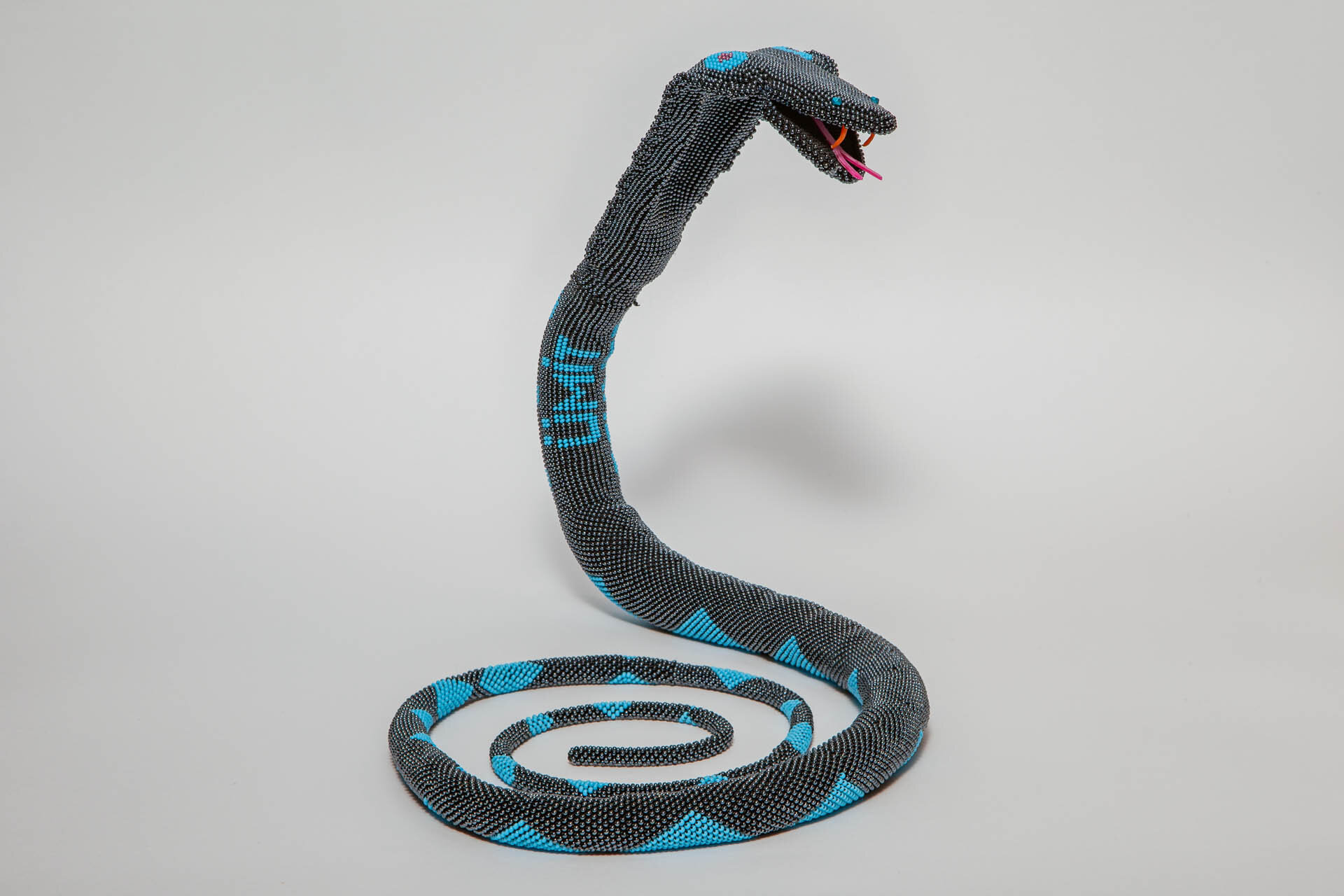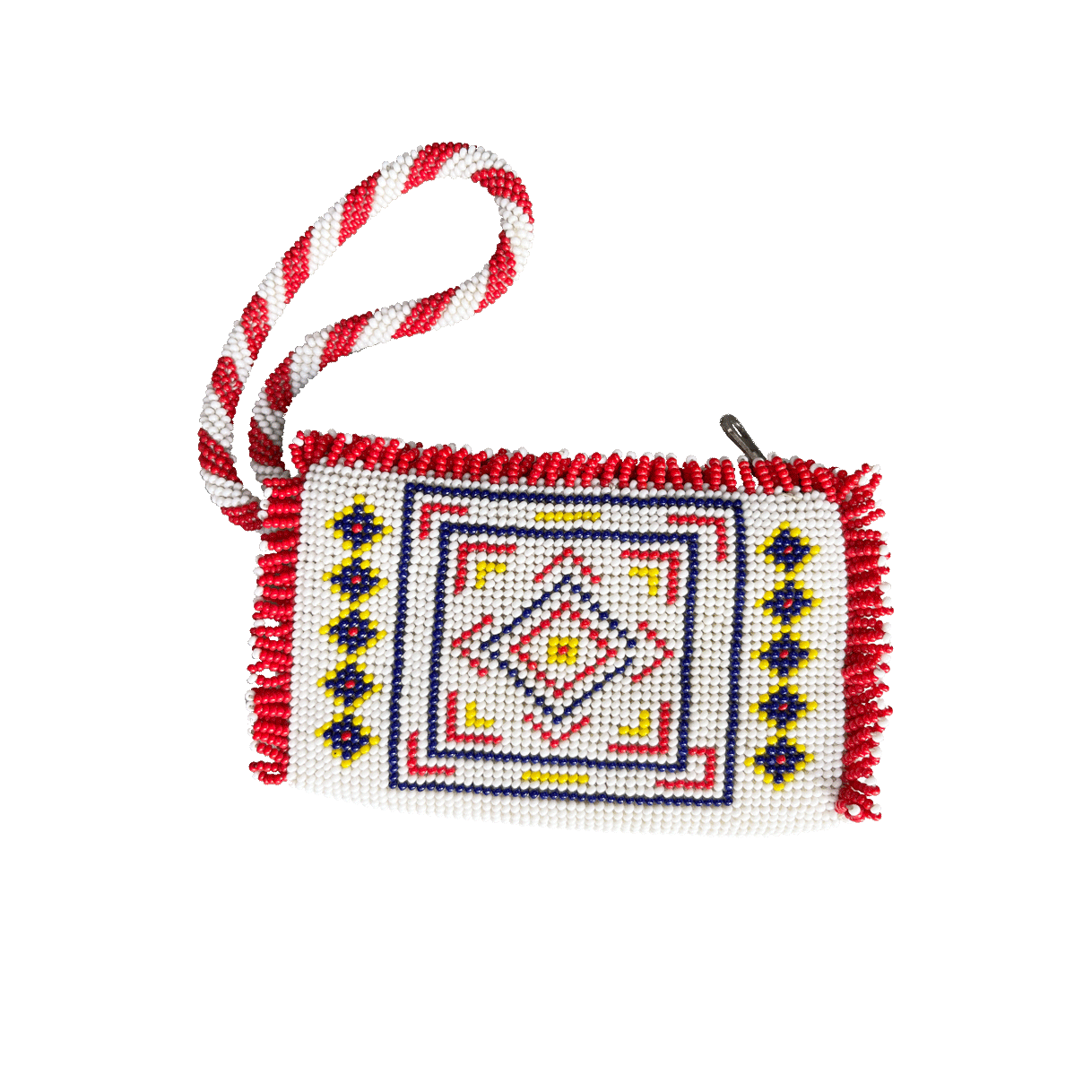
prison beadworks
Passed down from practitioner to apprentice, this tradition is known to be around since WWI. The cult art form originated during the fall of the Ottoman Empire and was carried out predominantly by Turkish soldiers captured by forces occupying Ottoman land (i.e. British/Anzac).
Naturally, we see these objects not just as a product of creative expression; but also as an expression of resistance.
Appearing first around 1917, you can see beadworks in the form of snakes, with ‘Turkish Prisoner’ etched on them. We know that these valuable examples were commissioned by British Army Personnel. (As the international language back then was French, we know that the Turkish soldiers who knew a second language, wouldn’t have used English unless instructed.)
The tradition, which started in such unique circumstances stood the test of time, and is going strong 100 years on. Just like it was then, it is still used for financial support for the prisoners, rather than rehabilitation.
Of course, the craft evolved since the last century, but some things remain the same: Like many forms of creative expression that come out of these lands, this too, is largely dedicated to exclamations of love and heartbreak, with a crucial melancholic undertone. Not to forget; a longing for freedom, depicted through countless winged animals.
Though prison beadworks are not unique to Turkey, the techniques used in other countries are visibly different, except for in Greece, in which prisoners produce similar works to ones in Turkey, such as the purse above.
The production phase of the works is laborious. Firstly, drafts are drawn on graph paper, reducing the designs to a single, flat plane. Then the beads are stringed one after the other on a 100 meter thread/fishing line. If a mistake is made during this phase, the intended figure, picture or text would look out of sequence. The glass beads, which are arranged on the fishing line according to the sketch, are then folded from the appropriate places and brought side by side, sewn or glue finished.
Modern examples of prison beadworks add even more of a kitsch twist to the historical styles, resulting in the recognition of the craft on an international level. The recent exhibition titled ‘A Question of Taste’ at one of Turkey’s most prominent galleries, Pera Museum, focuses on kitsch as an important form of creativity and showcases many beaded works from prisons.
Here at Mother Tongue, we also have a growing collection of these noteworthy objects, which you’re welcome to browse below.
With special thanks to avid collector and researcher Mert Sandalci
Cited and translated from https://www.mertsandalci.com/koleksiyon/koleksiyonlar/hapi-shane-i-si-boncuklar
All images copyright of the same source linked above, unless stated otherwise

























